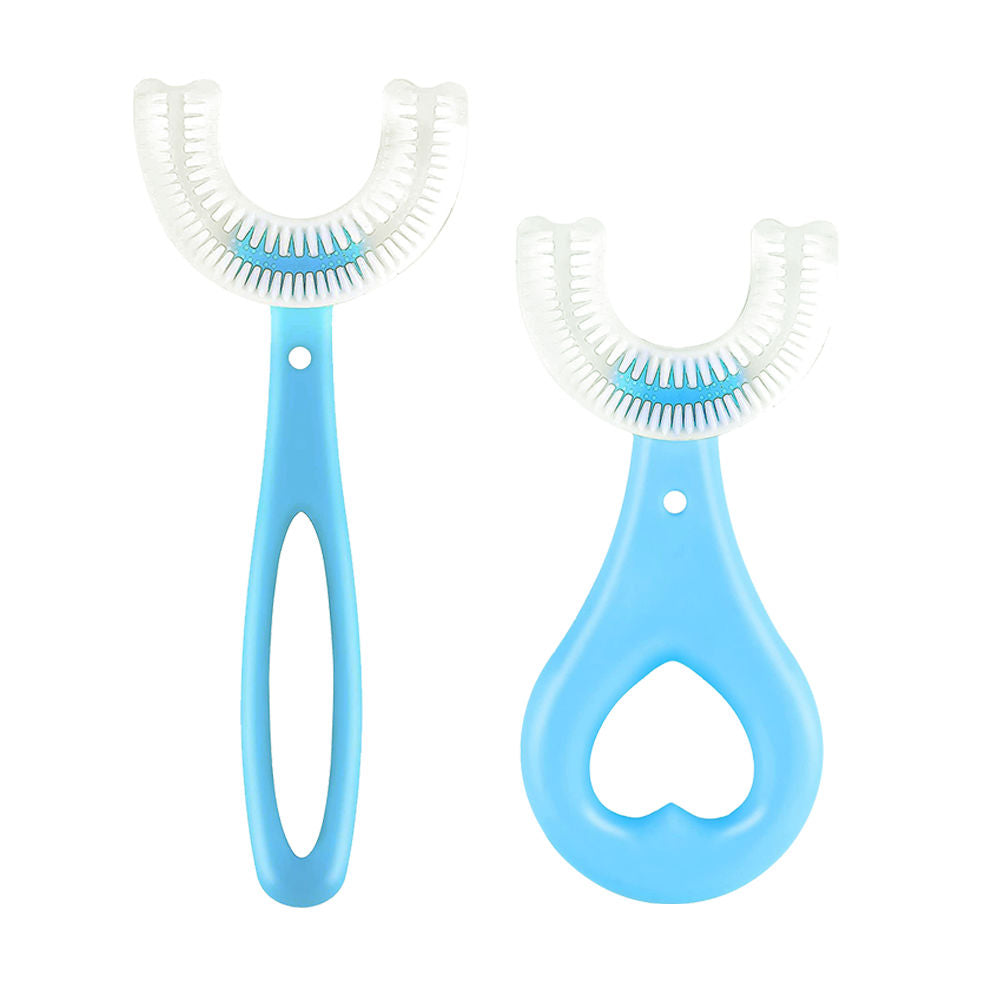Sensory Diet Treatment: How it Works
Sensory Diet Treatment: What is it?
Although “sensory diet” sounds like something involving the kitchen, it’s actually all about physical activities and exercise. Each sensory diet will look different, depending on the needs of the individual. But a sensory diet always aims to help children feel more sensorily organized, calm and focused.
Figuring out the proper sensory diet for your child can involve some exploration and creativity, but the benefits are pretty remarkable and well worth the time and effort. A solid sensory diet, used consistently, can help children do better at school, at home, and in social situations.
Who Benefits from a Sensory Diet?
A sensory diet includes a customized collection of “motor” activities designed to help manage your child’s sensory-motor needs. The diet helps with existing sensory challenges and can be used to prevent further sensory dysfunction or reduce the impact of sensory triggers.
Children with Sensory Processing Disorder (SPD) or other sensory challenges can benefit from a sensory diet. Their current challenges might include:
- Difficulty falling or staying asleep
- Being “too rough” while playing
- Being so physically active that they cannot wind down OR
- Being passive, inactive, and “out of it”
- Difficulty modulating their tone or volume of voice
- Trouble controlling impulses
- No awareness of other people’s space or boundaries
- Being unable to calm down after being in a busy environment
What are the Basics of a Sensory Diet?
Sensory Diet: Common Activities
Choosing the activities that will best benefit your child is half the fun! Below are some everyday activities found in a sensory diet.
Visual - think of anything that narrows visual attention, such as a magnifying glass
Auditory - noise-reducing headphones, your child’s favorite tunes on their earphones, soothing sounds such as rain or a thunderstorm, or even “white noise.”
Tactile - fidget toys or puzzles, play-dough, slime, or any number of interesting tactile sensations you have lying around the house like beans, rice, flour, etc.
Oral - chew toys or experimentation with foods and different textures/tastes
Physical activities:
- Exploring weighted items such as a weighted blanket, small hand weights, weighted bags, etc.
- Trampoline activities: jumping, jogging, rolling, etc.
- Wearing a heavy backpack, carrying a full water bottle, ankle weights, etc.
- Swinging
- Riding a bicycle or indoor cycle for kids
- Animal walks such as crab walks, frog leaps, bear walks, etc.
Conclusion: Sensory Diet Treatment
Before embarking on a new sensory diet, consult with a therapist to ensure you choose the right plan for your child. With the proper sensory diet, your child will be better able to self-regulate, which will help them learn, behave, socialize and FEEL much better.
At Sensory Scout, our products are specially designed to support sensory kids on their journey. From Fidget toys to sensory swings to our wireless EarBuddies, we’re here to help parents and kids make the most of this curious, wonderful world we all share. Visit our site to learn more about how items like a Gravity Lap Pad or noise-canceling headphones can help you create a winning sensory diet.
 Skip to content
Skip to content


